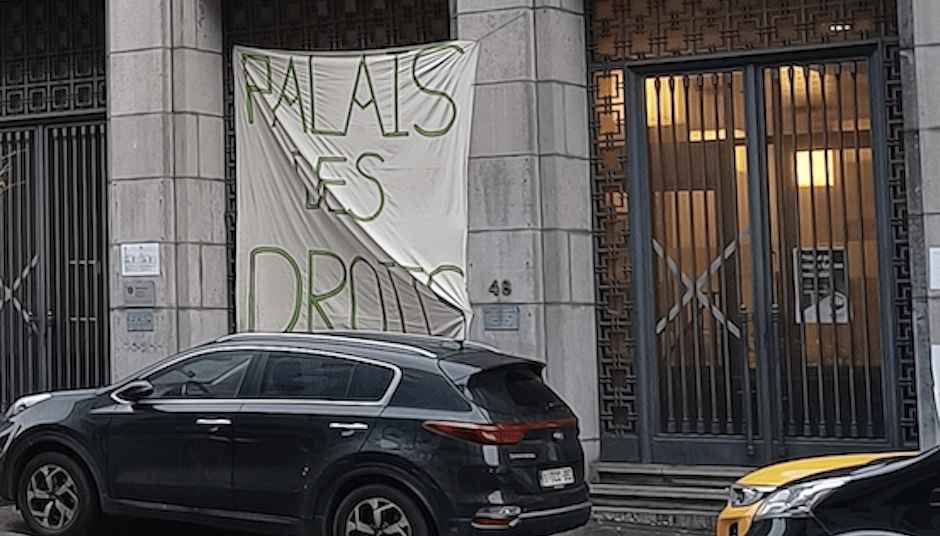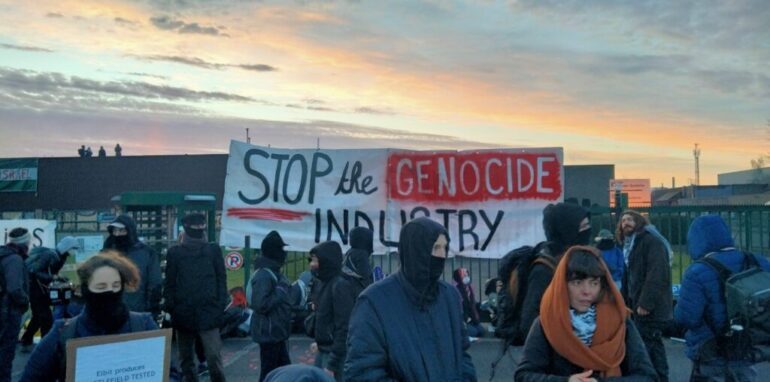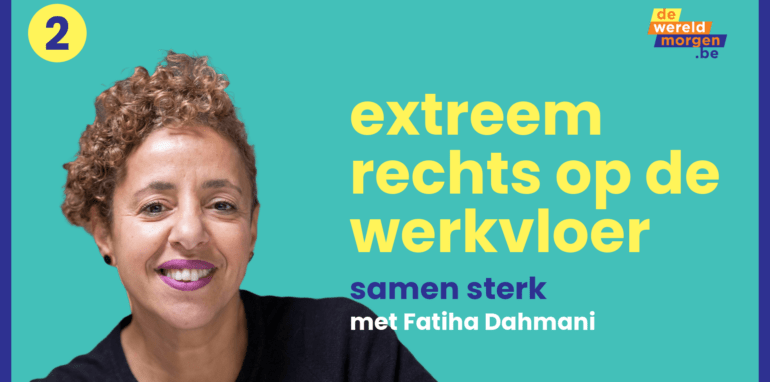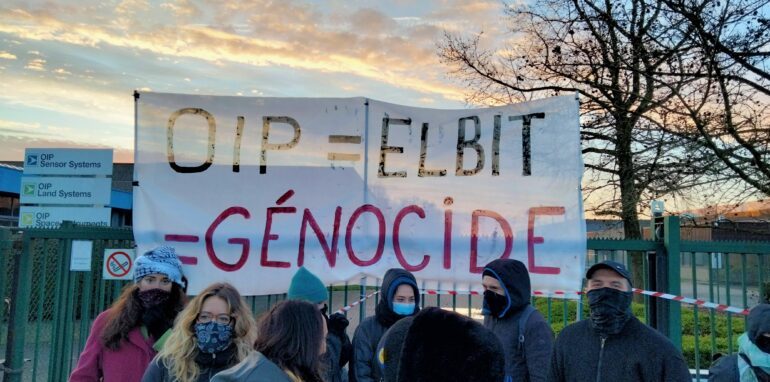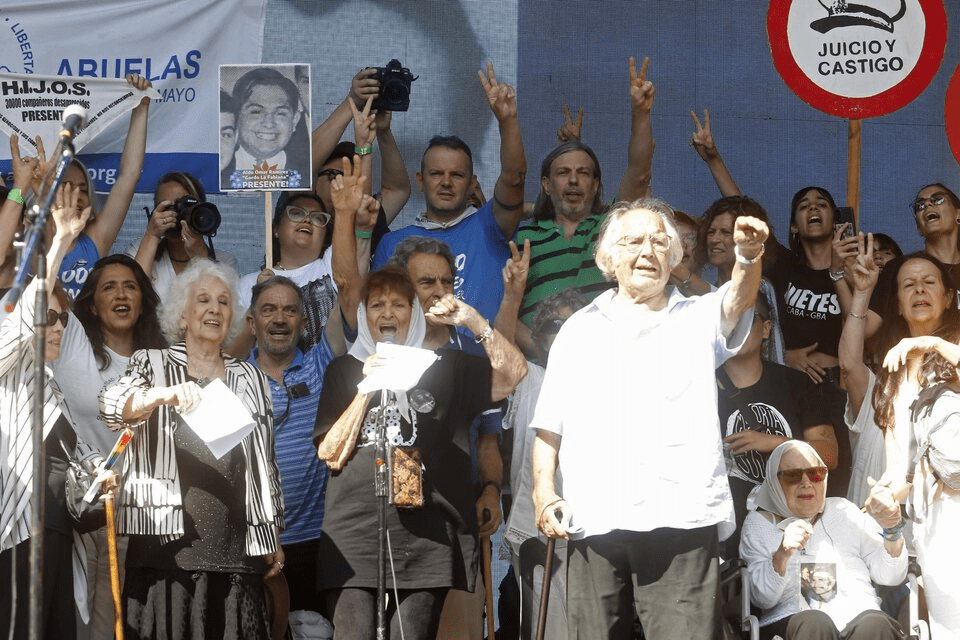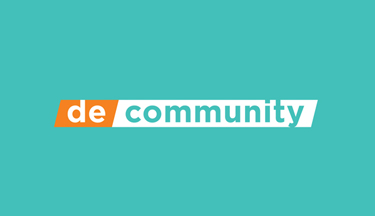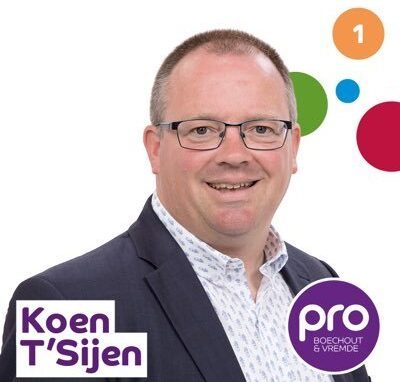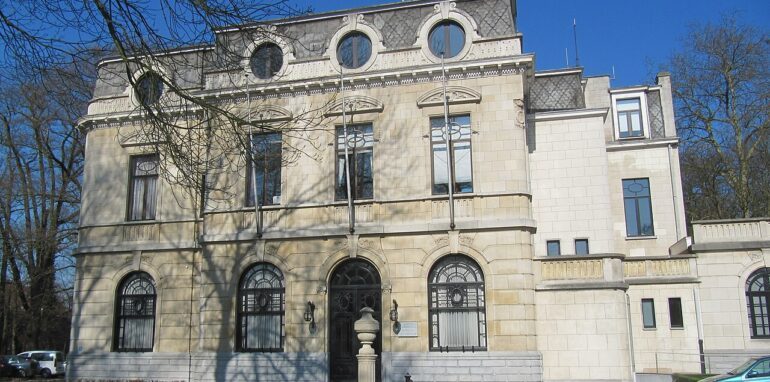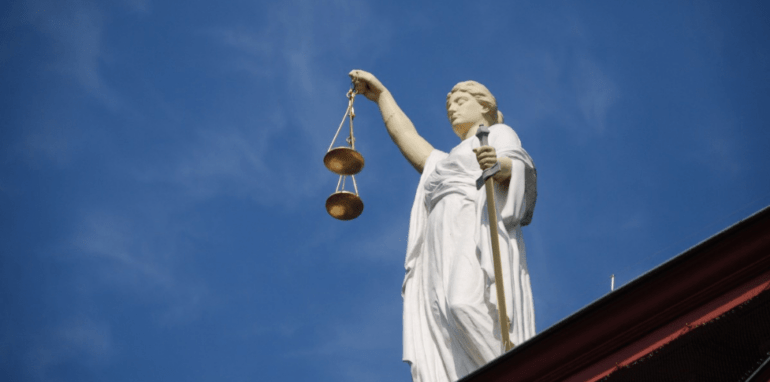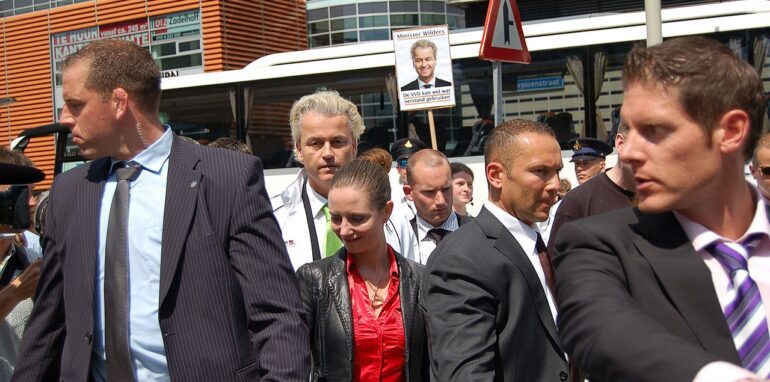Texte français ici. Nederlandse tekst hier.
On February 14th and 15th 2023, the Palais des Droits, a former office building in Brussels, was chaotically evacuated. For more than four months the building accommodated a heterogeneous community that shared a common demand for dignified housing in the city.
By promising to provide shelter to all residents after eviction, the Brussels Region seemed to break away from a longstanding tradition of treating people according to their legal status and responsible government agency rather than according to their (housing) needs.
Two weeks later, it has nevertheless become clear that a considerable amount of residents from the Palais des Droits never received housing. Instead, the problem of accommodation was simply relocated to other places in Brussels, including the bridge in front of the registration center in the Petit-Château/ Klein-Kasteeltje (where people were in fact already staying prior to the occupation of the Palace, but they were not picked up by buses, demonstrating both the opportunism and the total arbitrariness of the reception policy).
Moreover, some people who resided in the Palais were never eligible for shelter (such as rejected asylum seekers or those falling under the Dublin Protocol) and with the eviction they risk falling through the cracks of bureaucracy yet again.
For them, this is likely to be another episode of exclusion, one exacerbated by a media storm tainting the Palace’s ‘squatters’ to crime, illness and drugs. Yet, what characterized this community is first and foremost the fact that their right to housing was violated and that they had found a temporary refuge in the Palais to escape homelessness.
The Palais is located along the royal “tracé” that connects the Palace of Justice and the Rue Royale with the Rue des Palais. This urban axis not only hosts major vacant public buildings, but also displays past and ongoing struggles for the right to housing.
Four of the most iconic occupations of vacant buildings of the last two decades are situated along this line: the ‘123’, the Gesù Church, the occupation on rue Royale 312 and the Palais being the latest under eviction.
Ironically, the Palais stands spatially and symbolically against the idea of justice. The occupations make visible the intersection between the housing and hospitality crises in Brussels, as well as the inevitable deadlock we end up in as asylum and migration on the one hand and housing on the other are settled at different administrative levels.
While Secretary for Asylum and Migration De Moor stresses the importance of structural reforms for stronger borders, quicker procedures and an improved return policy[1], we argue that structural reforms are needed that address the causes that create both vacancy and homelessness. To this end, policies should be implemented across fragmented policy responsibilities and preferably at the city level.
Affiliated with the Department of Architecture (KU Leuven) and with the Palace as a neighbor of one of our campuses, we believe that architects can play an important role in imagining a new urban project of hospitality and justice. This imagination is currently completely lacking.
Even a vacant public building like the Palace, owned by a social housing company, could not generate the imagination in the relevant authorities to use vacancy as an opportunity to address the growing homelessness and to do so independently of people’s legal status and across fragmented powers. The building was (forcibly) vacated even though it provides the beds that Fedasil is still lacking and the roof over the head that the many homeless people in Brussels have yet to find.
However, the Ukrainian crisis has shown that innovative solutions to asylum reception are possible. Nevertheless, these solutions are selective in their target population and, as Boie and De Cauter noted earlier, even the innovative mobilization of housing actors in the case of Ukrainian asylum seekers is not structural but short-lived.
Temporary occupations such as the Palais, represent an obvious, albeit imperfect, answer for designing a more hospitable urban future. They also reveal the major gaps in the (political) architecture of housing, care and shelter.
Although the powers of the state are fragmented in a country like Belgium, empty (public) buildings in Brussels offer the best opportunities to create an “architecture of the state” based on hospitality rather than hostility. This can build on the many efforts of NGOs, civil society organizations and citizens instead of tearing them down.
As architects, we argue that it is time to create a permanent infrastructure for what are erroneously viewed as ‘temporary’ crises. For the time being, critical and spatial thinking in permanent and sustainable terms does not seem to exist when we witness how Fedasil builds and destroys its capacity every few years or when we find that the Humanitarian Hub in Brussels will have to move again.
In the case of the Palace, the Brussels Region may have managed, in a chaotic but relatively peaceful manner, to dismantle an explosive situation of which the biggest fear was that it might explode in its face. What is not yet in sight, however, is the birth of a long-term plan that deals sustainably and structurally with resources to (temporarily) accommodate the most vulnerable urbanites based on their socio-spatial needs rather than their legal status is.
If we are to take design and architecture as a site of “restorative justice” seriously – which we practice in numerous research and education projects within the university – the Palais would be an ideal setting to start experimenting with innovative forms of housing, based on hybrid housing coalitions and innovative space-sharing. These would build on the work of recognized organizations with deep ties to relevant communities which would allow them to include the communities concerned in all stages of the design process.
The Palace could be a pilot project for a city like Brussels that wants to show itself as a liveable and hospitable city. With some imagination, this could allow for longer-term development of inclusive urban infrastructures, catering to people with and without citizenship, and allowing for a much needed continuity of housing trajectories.
Do we want to see it happen?
Signed by following members of the Department of Architecture at KU Leuven (Faculty of Architecture + Faculty of Engineering):
Prof. Viviana d’Auria, Prof. Luce Beeckmans, Tasneem Nagi, Heleen Verheyden, Céline Drieskens, Aikaterini Anastasiou, Jeroen Stevens, Isabelle Benoit, Prof. Em. Frank Moulaert, Stijn Cools, Joris Moonen, Geert De Neuter, Prof. Karel Vandenhende, Layla Zibar, Stefan Boeykens, Cato Leuraers, Ward Verbakel, Prof. Lucía C. Pérez Moreno, Prof. Krista De Jonge, Jakob D’herde, Prof. Thomas Coomans, Prof. Bruno De Meulder, Prof. Hilde Heynen, Wei Lei, Prof. Kelly Shannon, Jona Moereels, Dounia Salamé, Prof. Em. Koen(raad) Van Balen, Daan Van Cauteren, José Fernando Higuera Osorio, Changxue Shu, Yasmin Zainul Mochtar, Prof. Pieter Van den Broeck, Sarah Flebus, Prof. Guido Geenen, Els Van Meerbeek, Jan Lim, Jan Bleyen, Maxime Prananto, Piet Tutenel, Ruth Segers, Julie Claeys, Xenia Katsigianni, Prof. Yves Schoonjans, Khalda El Jack, Inge Claessens, Natasja Ausseloos, Jana Peeters, Karina Desmet, Isabelle Van den Bossche, Sandra Pierpont, Yuri Gerrits, Katrien Vandendorpe, Michelle Mlati, Constance Uyttebrouck, Jan van Hoof, Sandro Armanda, Gitte Schreurs, Martine Demaeseneer, Jasmien Wouters, Koenraad Danneels, Janno Martens, Liselotte Vroman, Rosaura Hernandez Romero, Tristan Claus, Bruno Meeus, Björn Bracke, Marie Vanderghote, Maxime Vancoillie, Kristien Van Crombrugge, Wouter Krokaert, Xavier Mendez Abad, Helen Van de Vloet, Annemie Demeulemeester, Prof. Koen De Wandeler, Lars Fischer, Prof. Filip Mattens, Jolein Bergers, Ellen Verbiest, Prof. Sven Sterken, Dries Pattyn, Teodora Stefanova, Prof. Bruno Notteboom, Prof. Rajesh Heynickx, Olga Peek, Siel Vandamme, Kezia Eka Sari Dewi, Tom Thys, Claire Bosmans, Leen Scholiers, Nathalie Vackier, Evita Piscador, Javier Rodriguez Soriano, Prof. Anne-Françoise Morel, Gudrun De Maeyer, Alice Payne, Hülya Ertas, Prof. Lieven De Cauter, Gideon Boie, Jesse Honsa, Nele Stragier, Doug Allard, Stijn Paredis, Arian Schelstraete.
